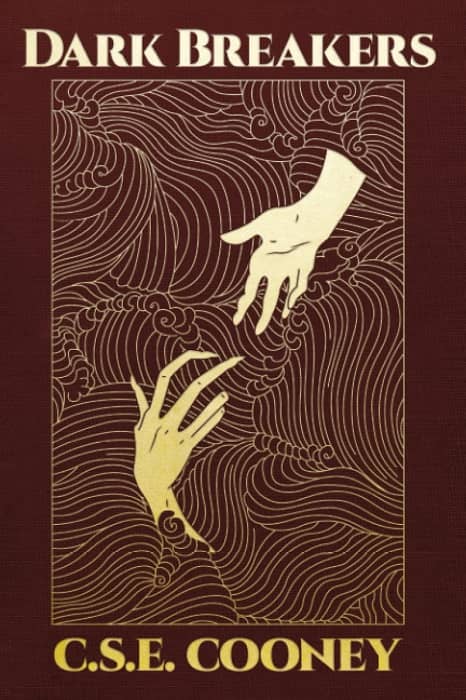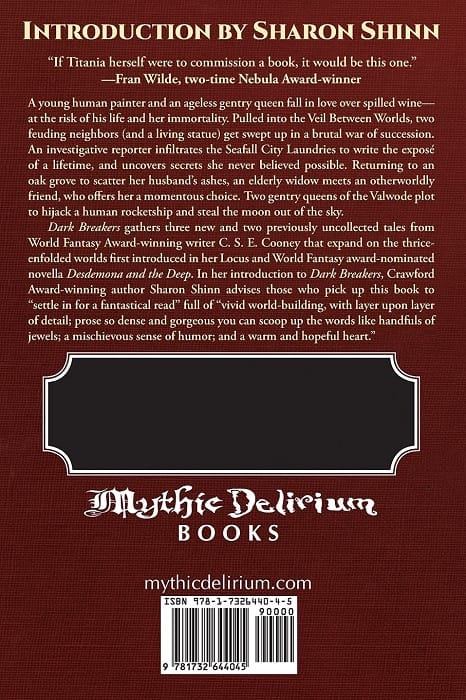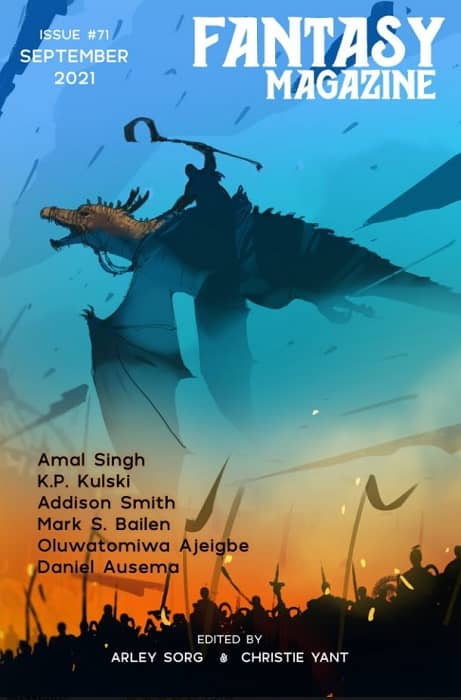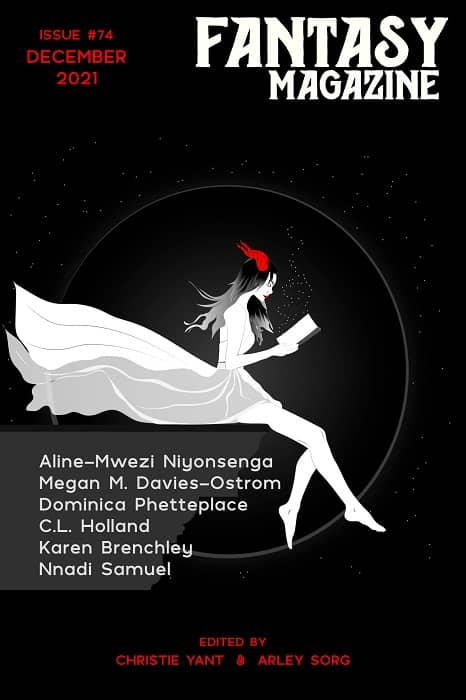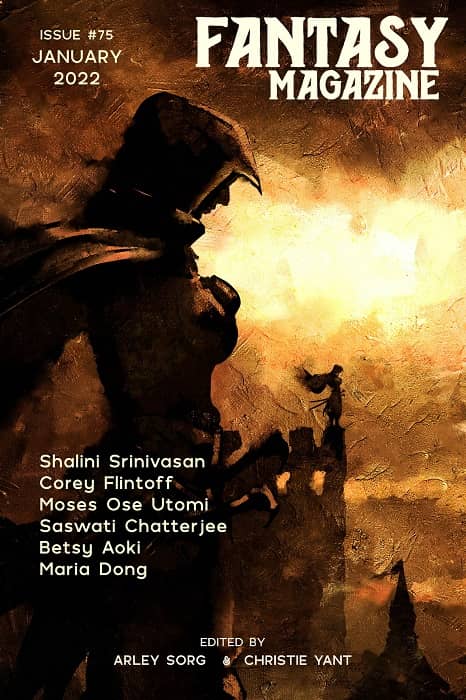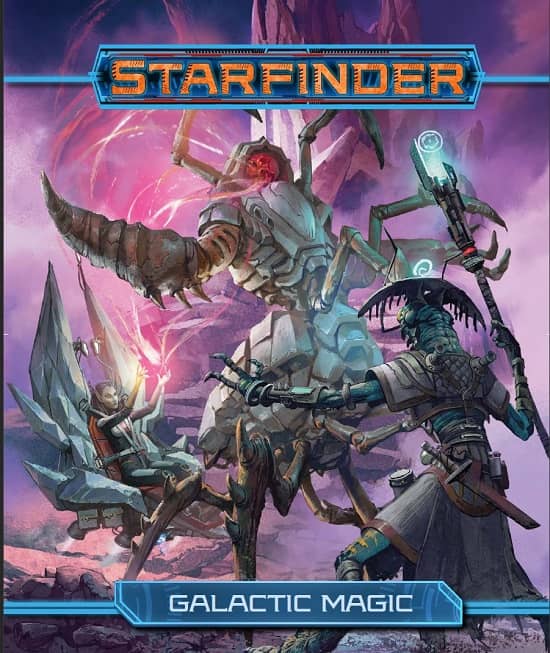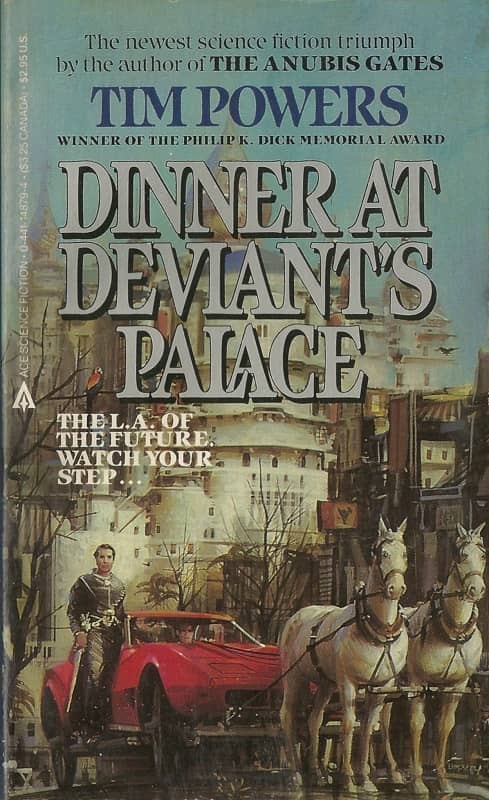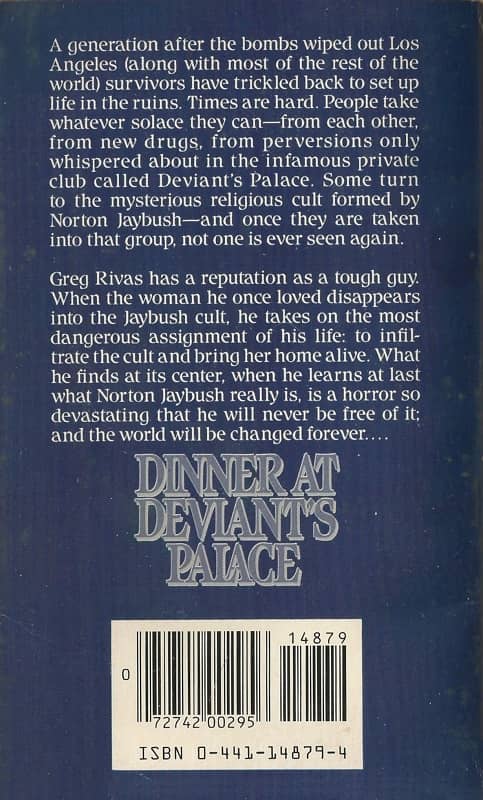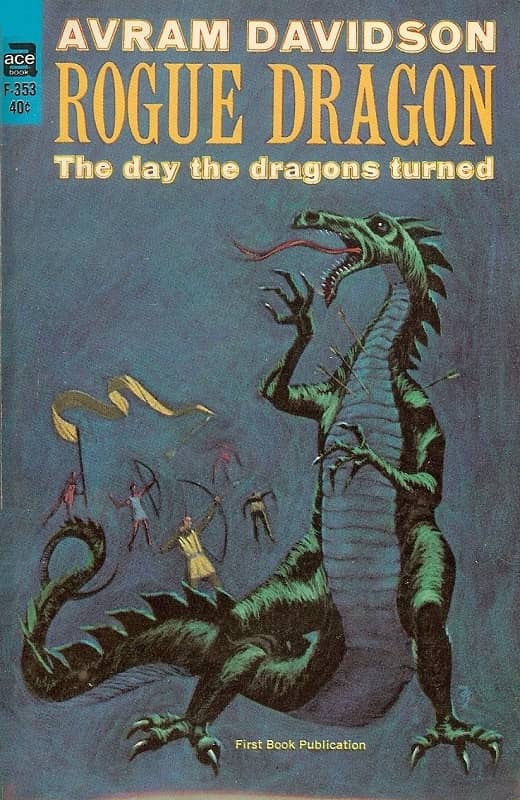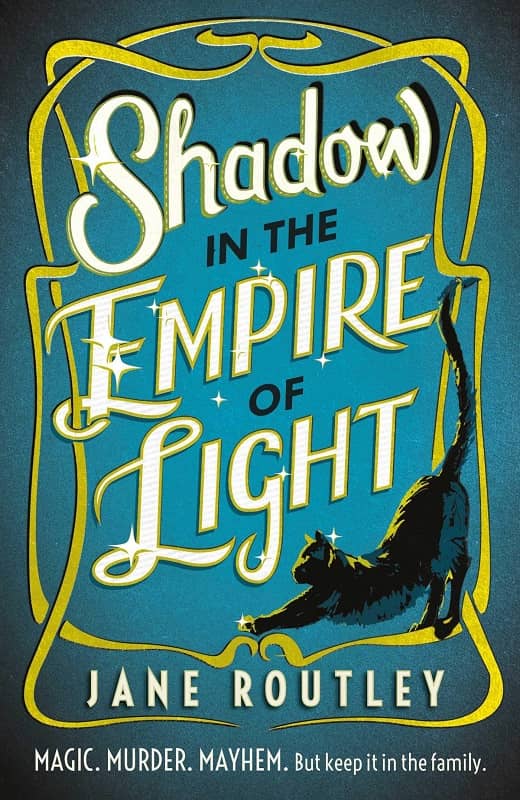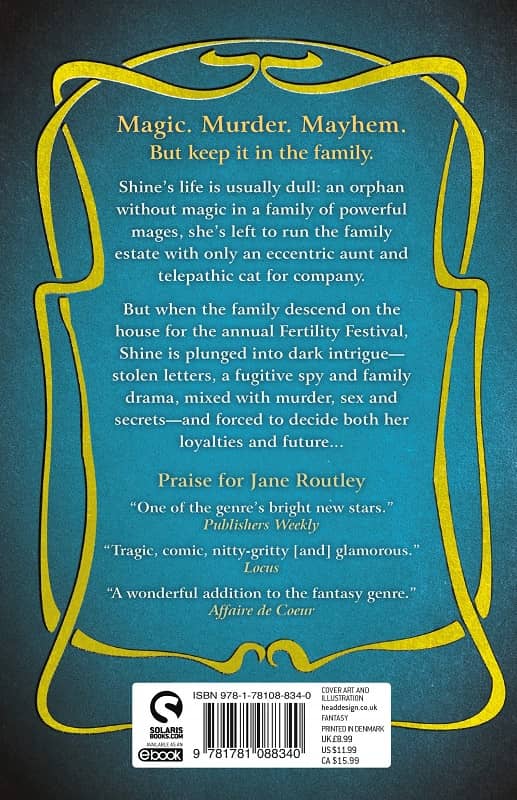Random Reviews: “Final Report” by Richard Grey Sipes
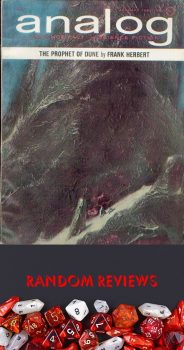
Throughout 2022, I’ll be reviewing short stories. Some of these may be classics, others forgotten. The two things that all will have in common is that they are part of my personal collection and they will be selected through a randomization process. What works and authors I look at will be entirely selected by a roll of the dice.
“Final Report” by Richard Grey Sipes appeared in the January 1965 edition of Analog Science Fiction – Science Fact, an issues more noted for including the first part of Frank Herbert’s serial The Prophet of Dune, which would eventually be published as the second part of the novel Dune. The issue also included stories by Christopher Anvil, Harry Harrison, John T. Phillifent, and James H. Schmitz.
Sipes was born in Altoona, Pennsylvania and in 1928 and died in Missouri on June 12, 1989. He worked as aan Assistant Professor of Anthropology at Long Island University and was a cross-cultural correlation methodologist who wrote several papers on the topic, including “War Sports and Aggression: An Empirical Test of Two Rival Theories” and “War, Combative Sports, and Aggression: a Preliminary Causal Model of Cultural Patterning.”
“Final Report” really doesn’t qualify as a short story. There are no characters and it has no plot. Instead, the piece is a written as an army evaluation of new communications equipment. Sipes’ language and format follow a very proscribed and technical manner and he commits fully to the piece. Unfortunately, this has the effect of making the essay dry. The reader keeps expecting Sipes to deviate and throw in something humorous or off kilter as the testing of the equipment enters the science fictional realm, however the entire article is written almost straight faced.

